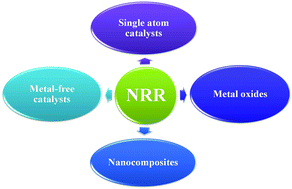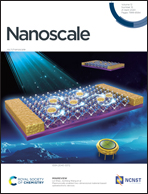Recent advancement in the electrocatalytic synthesis of ammonia
Abstract
Ammonia can not only be used as an active nitrogen component of nitrogen fertilizers, fibers, explosives, etc., but also provides a high energy density and carbon free energy carrier. Currently, ammonia is industrially synthesized by the Haber Bosch process at high temperature and high pressure, which results in high energy loss and a serious greenhouse effect. The electrocatalytic nitrogen reduction reaction (NRR) is a sustainable and environmentally friendly strategy for the synthesis of ammonia. Although lots of electrocatalysts have been developed for this reaction, further breakthroughs are needed in catalytic activity, selectivity and Faraday efficiency to meet the large-scale commercial demand. In this review, the recent advance in NRR electrocatalysis is thoroughly commented on. Different kinds of electrocatalysts used in ammonia synthesis (including single atom catalysts, metal oxide catalysts, nanocomposite catalysts, and metal free catalysts) are introduced. The reaction mechanism of the NRR is discussed in detail. The structure–function relationship and efficient strategies to improve the ammonia yield are clearly discussed. The effect of the electronic structure and morphology of catalysts on the selectivity of the NRR is highlighted. The research directions and perspectives on the further development of more efficient electrocatalysts for the NRR are provided.

- This article is part of the themed collection: Recent Review Articles


 Please wait while we load your content...
Please wait while we load your content...